Thermal expansion in thrust washer materials can cause various issues, such as changes in dimensions, loss of preload, altered clearances, and even material failure under extreme conditions. To alleviate these problems, it's important to implement strategies that either minimize the effects of thermal expansion or compensate for them. Here are several approaches to manage the issues caused by thermal expansion in thrust washer materials:
Material Selection
Low Thermal Expansion Materials: Choose materials with low coefficients of thermal expansion (CTE), such as certain ceramics, composites, or specific alloys, which expand less when heated and thus maintain their dimensional stability.
Matching CTEs: Use materials for the thrust washer and surrounding components that have similar CTEs to ensure that they expand and contract together, reducing the risk of differential expansion that could affect the fit and function.
Design Modifications
Allowance for Expansion: Design thrust washers with additional clearances or flexible elements to accommodate thermal expansion without affecting their performance.
Expansion Slots or Gaps: Incorporate expansion slots or gaps in the design to allow the washer to expand without causing interference or excessive pressure on adjacent parts.
Use of Composite Materials
Composite Thrust Washers: Employ composite materials that combine metals and polymers or other materials, which can offer a balanced CTE and reduce the impact of thermal expansion. These composites can provide the necessary mechanical properties while minimizing thermal expansion effects.
Coatings and Surface Treatments
Thermal Barrier Coatings: Apply thermal barrier coatings to reduce the amount of heat transferred to the thrust washer, thereby reducing its temperature and the associated expansion.
Low-Friction Coatings: Use low-friction coatings to minimize the heat generated from friction, which can reduce the overall temperature rise in the thrust washer.
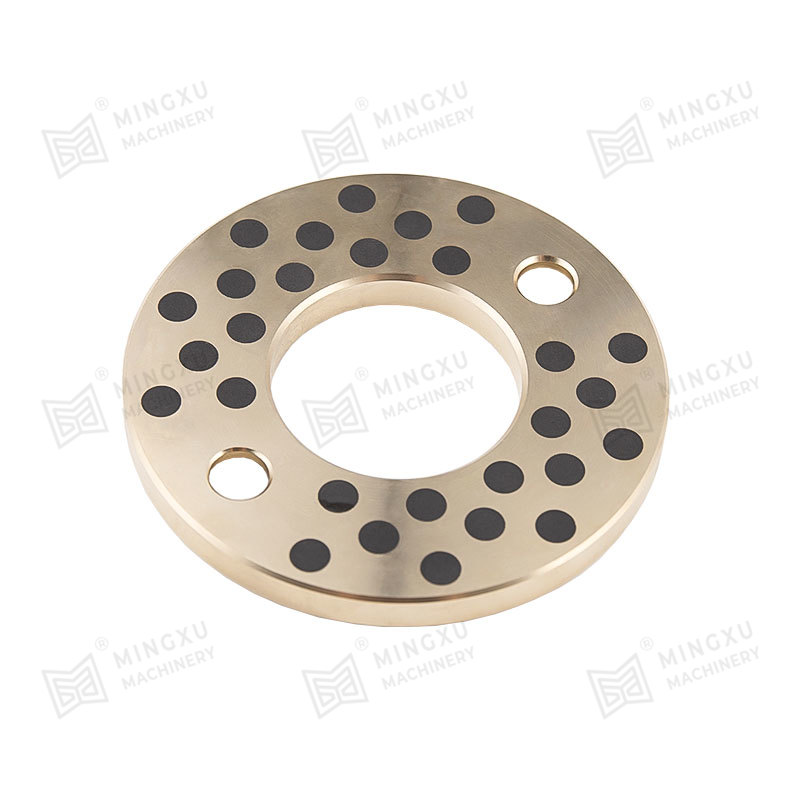
Controlled Operating Environment
Temperature Regulation: Implement cooling systems or insulation to keep the operating temperature within a range that minimizes thermal expansion.
Heat Dissipation: Design the system to effectively dissipate heat away from the thrust washer, such as through the use of heat sinks or increased airflow.
Preloading and Tolerance Adjustments
Adjustable Preload Mechanisms: Use adjustable preload mechanisms that can compensate for changes in thrust washer thickness due to thermal expansion.
Tolerance Optimization: Set tighter or more flexible tolerances in the design to account for the expected thermal expansion. This might include designing for a specific operating temperature range and accounting for the expansion within that range.
Thermal Expansion Compensation Mechanisms
Expansion Joints: Incorporate expansion joints or similar mechanisms that can absorb and compensate for the expansion of the thrust washer.
Flexure Design: Use flexures or compliant mechanisms that can absorb dimensional changes while maintaining functionality and alignment.
Material Treatments
Annealing and Stress Relief: Heat-treat thrust washer materials to relieve internal stresses that can exacerbate issues related to thermal expansion.
Cryogenic Treatment: Consider cryogenic treatment for metals to enhance dimensional stability and reduce residual stresses that can cause deformation under thermal cycling.
Simulation and Testing
Thermal Analysis: Use computational thermal analysis and simulations to predict the effects of thermal expansion in different operating conditions, and to optimize the design accordingly.
Prototyping and Testing: Conduct thorough testing under realistic temperature conditions to observe how the thrust washer behaves and make necessary design adjustments based on real-world data.
By implementing these strategies, you can effectively manage the challenges posed by thermal expansion in thrust washer materials, ensuring reliability and longevity in high-temperature applications.




 English
English Español
Español






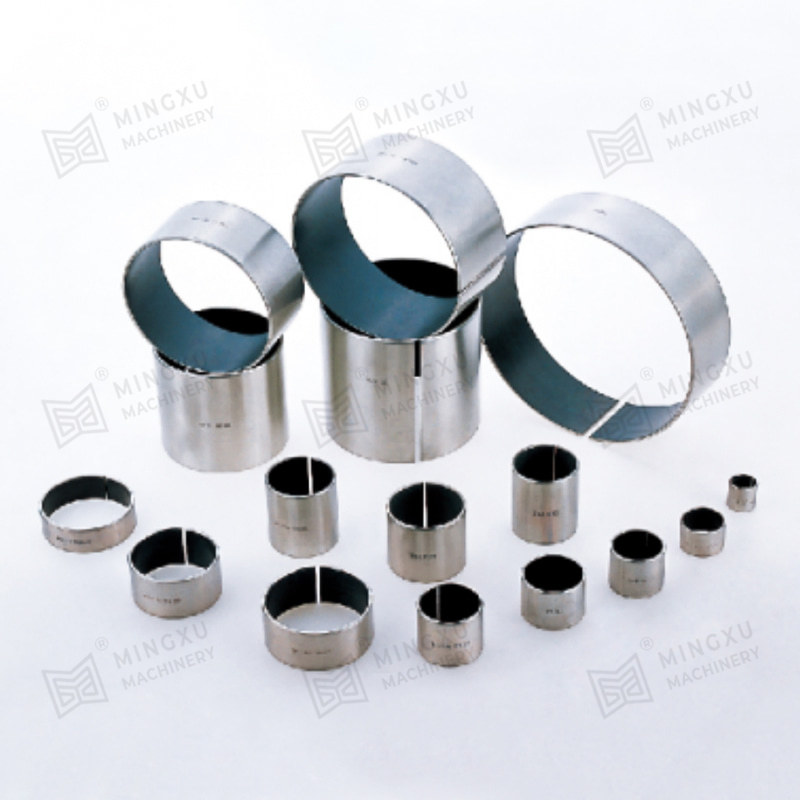
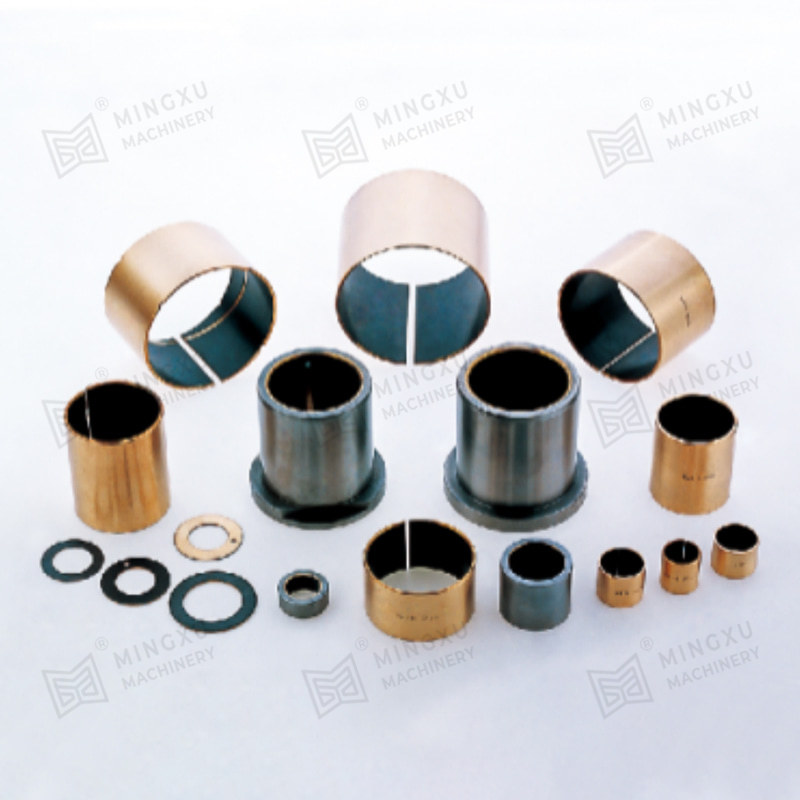
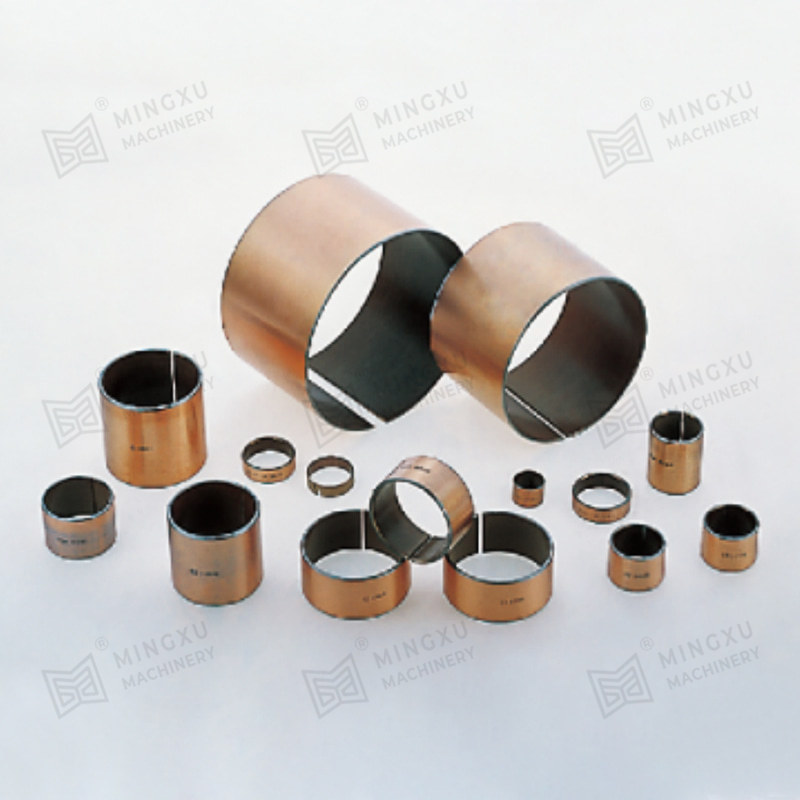
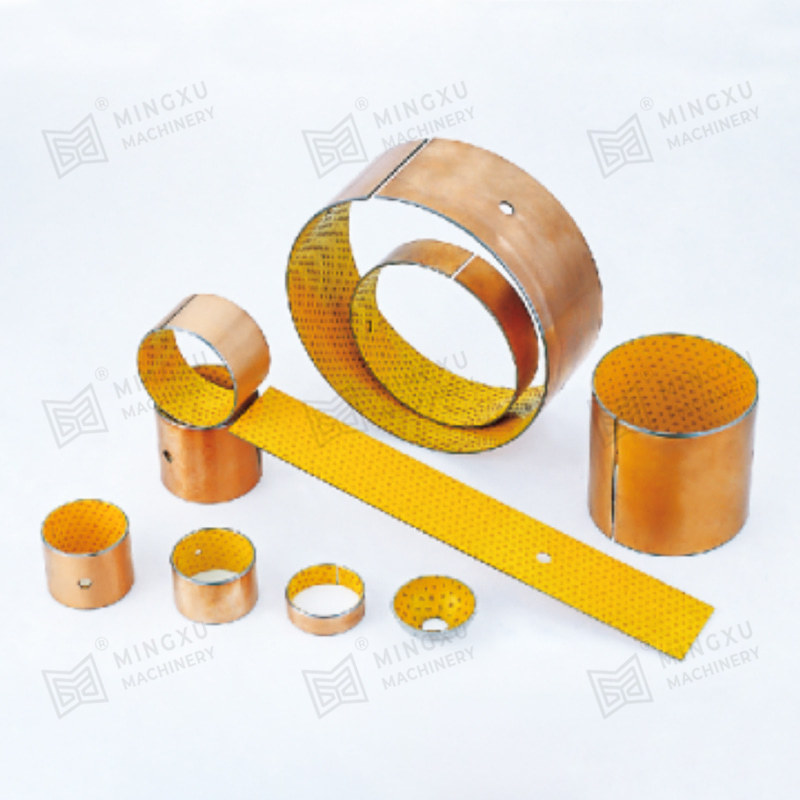







Contact Us